CITISLOTS ✈️ Togel Hongkong Update Real Time, Kapan Aja Cuan
Kenapa Togel Hongkong di CITISLOTS Jadi Favorit Banyak Pemain?
Togel Hongkong atau yang biasa disebut HK Pools merupakan salah satu pasaran togel paling terkenal di Asia, termasuk Indonesia. CITISLOTS hadir sebagai platform togel online yang menyajikan data dan result Togel Hongkong secara real-time, cepat, dan akurat. Kemudahan akses, kecepatan pembaruan data, dan tampilan yang user-friendly menjadikan CITISLOTS pilihan utama para bettor.
Selain itu, CITISLOTS menawarkan beragam fitur menarik seperti diskon potongan, bonus referral, hingga fitur prediksi angka jitu untuk membantu pemain meningkatkan peluang menang. Ditambah dengan keamanan tinggi dan sistem fair play, bermain togel di sini terasa lebih tenang dan menguntungkan.
Fitur Unggulan Togel Hongkong di CITISLOTS
-
Live Result HK Pools: Hasil keluaran togel diupdate secara real-time tanpa delay.
-
Data Pengeluaran Lengkap: Menyediakan histori result harian, mingguan, hingga bulanan.
-
Prediksi Jitu & Statistik Akurat: Disediakan oleh tim analis internal.
-
Diskon dan Cashback Besar: Berlaku untuk semua jenis taruhan.
-
Tampilan Mobile Friendly: Bisa diakses nyaman lewat HP kapan pun dan di mana pun.
Ragam Jenis Taruhan Togel HK di CITISLOTS
CITISLOTS tidak hanya menyediakan taruhan 4D atau 3D biasa. Berikut jenis taruhan yang bisa kamu pilih:
-
4D / 3D / 2D
-
Colok Bebas / Colok Naga / Colok Jitu
-
Kombinasi / Tengah Tepi / Dasar
-
Shio & Kembang Kempis
Dengan variasi seperti ini, pemain bisa menyesuaikan strategi dan modal taruhan yang dimiliki untuk hasil yang optimal.
Kenapa Ragam Taruhan Ini Menarik?
Dengan banyaknya jenis taruhan yang ditawarkan, bettor memiliki lebih banyak opsi dalam menentukan strategi kemenangan. Misalnya, pemain dengan modal kecil bisa mencoba colok bebas, sedangkan yang ingin cuan besar bisa fokus ke taruhan 4D. Ragam jenis ini juga membantu pemain merasa tidak monoton dan terus tertantang untuk mencoba pola baru.
Selain itu, CITISLOTS secara rutin mengadakan event promosi dan kompetisi dengan hadiah menarik untuk masing-masing jenis taruhan. Jadi tidak hanya main untuk menang, tapi juga bisa ikut seru-seruan komunitas dan dapat reward tambahan. Hal inilah yang bikin pemain betah berlama-lama di CITISLOTS.
Update Real-Time: Kunci Sukses Prediksi dan Analisis
Salah satu keunggulan utama dari CITISLOTS adalah kemampuan menyajikan hasil TOGEL HONGKONG secara live dan tepat waktu. Tanpa perlu menunggu lama atau refresh manual, sistem akan langsung menampilkan angka keluaran saat hasil resmi diumumkan oleh HK Pools.
Fitur ini sangat penting, terutama bagi pemain yang menggunakan strategi angka ikut atau mengikuti tren keluaran sebelumnya. Dengan update cepat, analisa jadi lebih presisi dan keputusan betting bisa diambil lebih tepat.
Tips Menang Togel Hongkong di CITISLOTS
-
Pantau Pola Result Sebelumnya: Analisa data keluaran sebelumnya untuk mengetahui pola angka.
-
Gunakan Prediksi dari CITISLOTS: Tim analis kami menyediakan prediksi jitu harian.
-
Main di Jam Stabil: Hindari waktu sibuk agar akses situs tetap cepat.
-
Gabungkan Taruhan: Kombinasikan jenis taruhan untuk memperbesar peluang menang.
-
Manfaatkan Bonus & Cashback: Tambahkan modal lewat promo yang tersedia.
Cara Mulai Bermain Togel HK di CITISLOTS
-
Daftar Akun Baru: Cukup isi formulir singkat dan verifikasi akun.
-
Lakukan Deposit: Minimal deposit terjangkau, bisa via e-wallet, bank, dan QRIS.
-
Pilih Pasaran Togel HK: Masuk ke menu togel dan pilih Hongkong.
-
Pasang Angka Jitu: Gunakan hasil analisa atau feeling, lalu submit taruhan.
-
Tunggu Hasil Live: Cek hasil secara langsung di halaman live draw.
Keamanan & Kenyamanan Bermain di CITISLOTS
CITISLOTS menggunakan sistem enkripsi berlapis dan server cepat untuk memastikan keamanan data dan transaksi. Tidak hanya itu, tim customer service tersedia 24 jam untuk membantu setiap kendala yang mungkin dihadapi pemain.
Dengan lisensi resmi dan reputasi terpercaya, CITISLOTS menghadirkan pengalaman bermain togel yang fair, aman, dan menyenangkan.
FAQ
Apakah data keluaran Hongkong di CITISLOTS valid?
Ya, semua hasil bersumber langsung dari Hongkong Pools dan ditampilkan secara live.
Berapa minimal taruhan untuk Togel HK di CITISLOTS?
Minimal hanya Rp100 per taruhan.
Apakah tersedia fitur prediksi angka jitu?
Tersedia, dan bisa diakses secara gratis setiap hari.
Bagaimana jika situs utama diblokir?
CITISLOTS memiliki link alternatif aktif dan support VPN.
Apakah bonus berlaku untuk semua pemain?
Ya, termasuk pengguna baru dan pemain setia.
Mainkan Langsung TOGEL HONGKONG di CITISLOTS
Bermain Togel Hongkong di LOGIN CITISLOTS memberikan lebih dari sekadar hiburan. Dengan fitur update result real-time, ragam taruhan, bonus besar, dan keamanan maksimal, situs ini jadi pilihan ideal bagi pemain yang ingin cuan kapan saja. Buruan daftar dan pasang angka jitu kamu sekarang juga!







